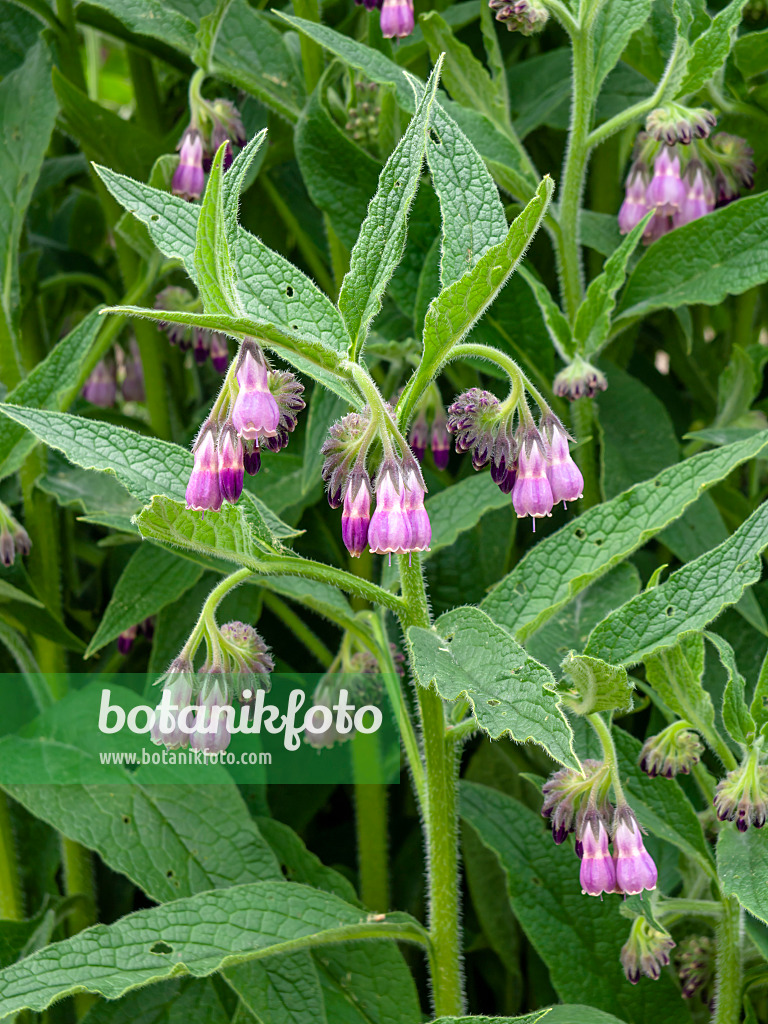

RussianĬomfrey Bocking #14 is resistant to rust. Small gardens do not usually have much of a problem with it though. officinale may get comfrey rust (Melampsorella symphyti). The root was planted in October and is shown in spring.įorward to my current two comfrey plants being used to create additionalĪnd planted the 2 True Comfrey roots, and they are showing some new leavesĪlready! Thank you so much!!!" -Carolyn, Austin, Texas This photo is from Mike in Olney, Maryland. Practice of medicine) of the Middle Ages.ĭioscorides, a physician in 50 A.D., prescribed the plant to heal woundsĪnd broken bones. Was part of the Materia Medica (body of remedial substances used in the In traditional Chinese medicine it has been a remedy for 2,000 years. True / Common Comfrey (Symphytum officinale) has been used for thousands This drawing from Germany is Symphytum officinale. True comfrey produces biomass (freshly cut leaves) per acre that is about Russian Comfrey is a natural hybrid cross between True Comfrey and Prickly The seeds are viable so it can be propagated by seeds or root cuttings. Then cut off the flowerstalks before they go to seed. Somewhat invasive from the seeds spreading. Right down the flower stems from leaf to leaf, and the pointed long, narrow They can be purple but it can be identified by the wide wings that continue "Symphytum officinale- Its flowers are 3/4 inch long and cream-yellow. (It can survive temperaturesīook "Comfrey: Fodder, Food & Remedy" by Lawrence D. The leaves can withstand temperatures down to 15 degrees and still be healthy.īelow that temperature the plant goes dormant. Is documented to survive down to -40 degrees. Though I suspect it can take even colder temperatures because Russian Comfrey

It is smaller than Russian Comfrey.Ī perennial with roots that are hardy to minus 15 degrees (-15) Fahrenheit. It grows to about 3 feet tall including theįlowerstalk. The bell-shaped flowers can be creamy yellow, white, red, magenta, pink It likes to grow in damp, grassy locations in full or partial Cultivated or Common Comfrey (Boraginaceae family, S.


 0 kommentar(er)
0 kommentar(er)
